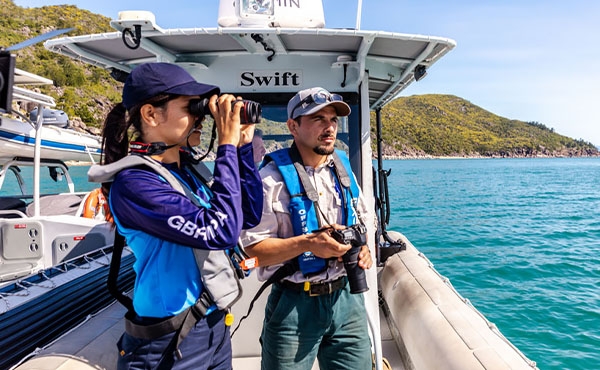Coastal development relates to land-based physical development and land use change that occurs in catchments adjacent to the Reef. It includes management of activities undertaken within the Catchment that affect the Region. The management of ports in, and adjacent to, the Region is part of this broad topic. However, it has been considered separately in Section 7.3.4. Similarly, the management of land-based runoff is considered in Section 7.3.11.
Coastal development activities are managed within a multi-level governance system where multiple stakeholders and decision-makers converge to make decisions that influence on-ground outcomes. The Planning Act and associated legislation aim to establish an integrated, coordinated and accountable system of land use planning, development assessment and related matters, preserving ecological sustainability as a core principle of planning in Queensland. The Queensland State Planning Policy provides a policy framework for planning outcomes across Queensland by requiring that state interests are delivered through local government planning schemes and regional plans that guide development in each local government area. The state development assessment provisions guide Queensland assessment of development applications that are likely to affect state interests, including consideration of coastal protection as a state interest.


